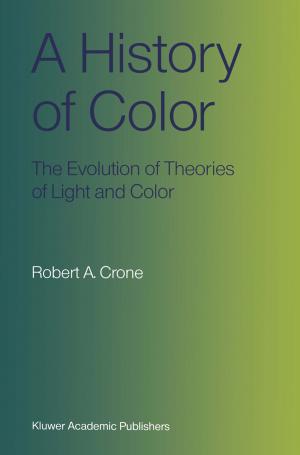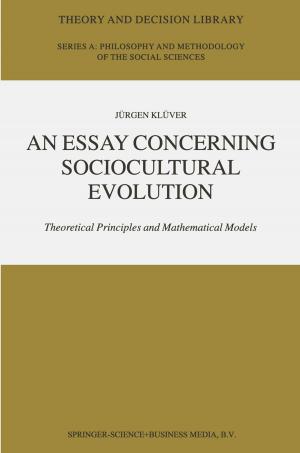A Mathematical Approach to Proportional Representation: Duncan Black on Lewis Carroll
Business & Finance, Economics, Microeconomics, Nonfiction, Science & Nature, Mathematics, Applied, Social & Cultural Studies, Political Science| Author: | ISBN: | 9789400708242 | |
| Publisher: | Springer Netherlands | Publication: | September 7, 2012 |
| Imprint: | Springer | Language: | English |
| Author: | |
| ISBN: | 9789400708242 |
| Publisher: | Springer Netherlands |
| Publication: | September 7, 2012 |
| Imprint: | Springer |
| Language: | English |
`This is a book about a well-known writer, Lewis Carroll, and about a little-known subject, the theory of voting' (from the Editors' Introduction).
This book has been edited from the manuscripts of the late Scottish economist Duncan Black. Shortly after the publication of The Theory of Committees and Elections Black started to collect material for papers and a book on Lewis Carroll's theory of proportional representation. Black's chapter plans made it clear that the book was to be in three parts, written by himself, followed by a reprint of Carroll's Principles of Parliamentary Representation and its main sources. Part I is biographical, introducing Lewis Carroll and giving relevant details of his life. Part II is Black's already published work on Lewis Carroll. Part III comprises the more detailed arguments about Carroll's reasoning, and Part IV contains reprints of rare original material on proportional representation by Carroll, James Garth Marshall, and Walter Baily. Taken together, the editors have provided a complete reference source for the theory of voting and proportional representation.
`This is a book about a well-known writer, Lewis Carroll, and about a little-known subject, the theory of voting' (from the Editors' Introduction).
This book has been edited from the manuscripts of the late Scottish economist Duncan Black. Shortly after the publication of The Theory of Committees and Elections Black started to collect material for papers and a book on Lewis Carroll's theory of proportional representation. Black's chapter plans made it clear that the book was to be in three parts, written by himself, followed by a reprint of Carroll's Principles of Parliamentary Representation and its main sources. Part I is biographical, introducing Lewis Carroll and giving relevant details of his life. Part II is Black's already published work on Lewis Carroll. Part III comprises the more detailed arguments about Carroll's reasoning, and Part IV contains reprints of rare original material on proportional representation by Carroll, James Garth Marshall, and Walter Baily. Taken together, the editors have provided a complete reference source for the theory of voting and proportional representation.















